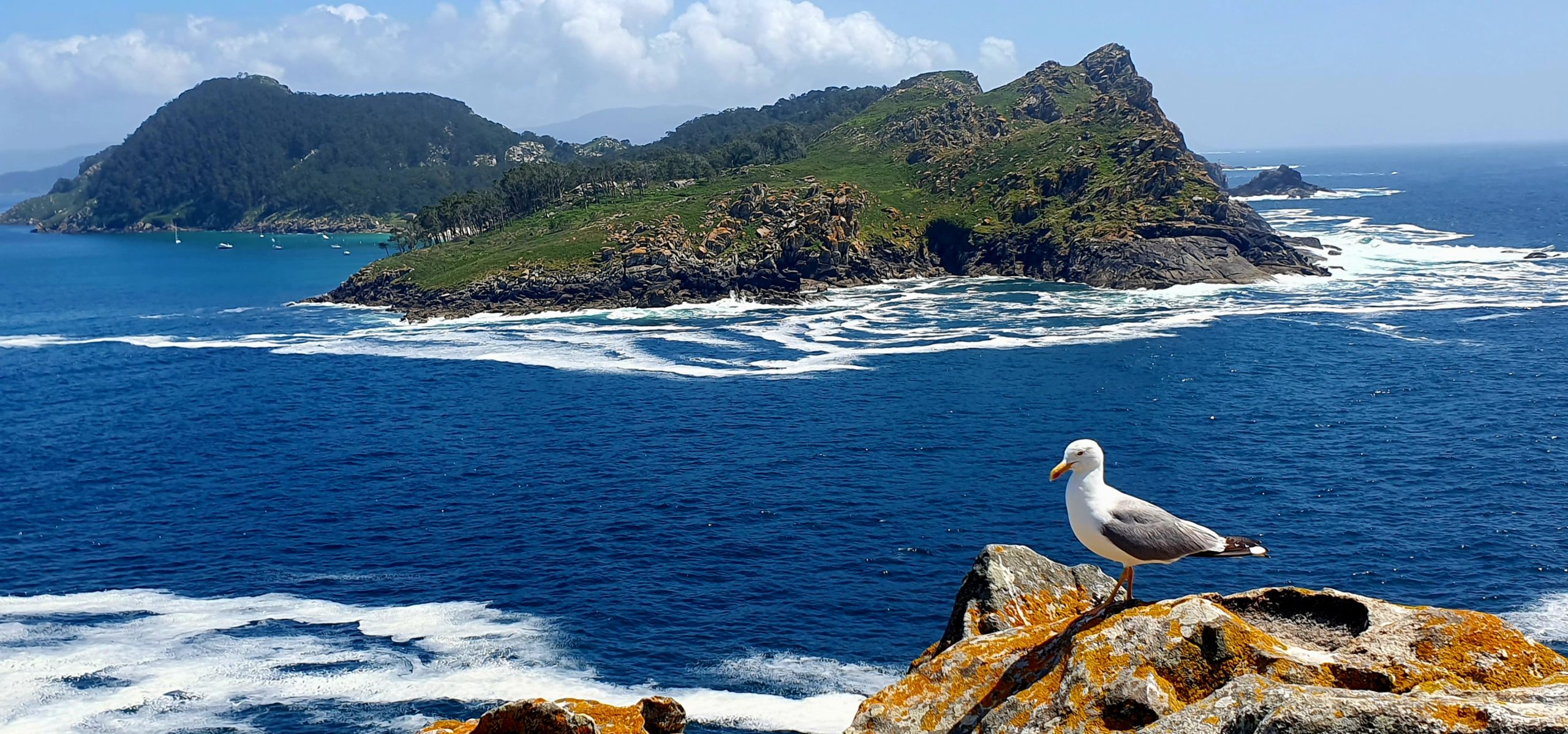Conservation genomics of the sand-dune shrub Armeria pungens at the latitudinal edges of its distribution
The research team is composed of seven ERGA members tailored to specific aspects of the project. Rosalía Piñeiro (University of A Coruña, UDC) contributes with expertise in plant genomics and Armeria evolution. Manuel Pimentel, Elvira Sahuquillo (UDC) and Isabel Marques (University of Lisbon) will lead the fieldwork in Portugal and Spain. Ana González Tizón (UDC, head of UDCiencia), coordinates scientific outreach activities. Finally, Myriam Heuertz (INRA) and Marta Vila (UDC) will estimate contemporary Ne.
In June 2024, a dedicated team of seven researchers from various European institutions led by Rosalía Piñeiro, interim associate professor at the University of A Coruña (Spain), launched a conservation genomics project to evaluate genetic erosion of the coastal shrub Armeria pungens at the margins of its distribution. To this end, cutting-edge genomic indicators of a central population will be compared with the northern and southern margins of the species range. This project aligns with the mission of ERGA by generating state-of-the-art genomic resources of an Iberian coastal plant species threatened by housing, tourism, and agriculture thanks to the consolidation of an interdisciplinary network across Spain, Portugal and France.
Trafalgar, southernmost population of A. pungens in SW Spain. Photo by: R. Piñeiro
The genus Armeria has a main centre of diversity located in the Iberian Peninsula, where 54 species occur. Notably, the central Portuguese and southwestern Spanish Atlantic coasts exhibit the highest diversity of coastal Armeria, with 9 coastal species belonging that show endemic or fragmented distributions.
The ongoing case study focuses on the sand-dune shrub A. pungens, an obligate outcrosser that exhibits a continuous range along the central and southwestern Iberian coasts. It is also present in two disjunct areas on continental islands: the Cíes islands, an offshore archipelago in Galicia, NW Spain, and the Mediterranean islands of Corsica and Sardinia. The immediate release of a high-quality reference genome of A. pungens under the second round of the BGE-ERGA call opens new possibilities for implementing advanced population genetics approaches. These approaches allow evaluating the conservation status of Armeria populations on the valuable southern Iberian coastal ecosystems using genome-wide data and cutting-edge conservation genetics statistics.

Sines, Central population of A. pungens in Portugal. Photo by: I. Marques
We will generate three genomic datasets with ddRAD:
- A “northern dataset”, collected in Cíes islands population, ca. 400 km. away from the closest continental population;
- A “southern dataset”, in Trafalgar population, as part of the Gulf of Cadiz, and3.
- A “central dataset” from Sines, in central Portugal.
The genomic data generated will be analysed using two novel methods that use a high-quality genome to investigate if putative bottlenecks in marginal populations have resulted in the accumulation of deleterious genetic variants and in the reduction of the effective population sizes that might compromise their long-term adaptability:
- Estimation of effective population size, Ne
Ne is important in conservation genetics as it is related to the loss of genetic diversity by drift by random mating of individuals. In 2022 Ne was for the first time introduced in the Convention of Biological Diversity (goal A and target 4) as an indicator of genetic erosion. However, obtaining reliable estimates of contemporary Ne from genomic data is challenging in the absence of high-quality reference genomes, as both closely and loosely linked genetic polymorphisms are needed. Here, we will implement novel methods to provide reliable estimates of Ne in the marginal (“northern and southern datasets”) and central populations (“central dataset”).
- Estimation of deleterious mutations
The negative effect of deleterious mutations at the margins of species has been highlighted by theoretical models, but empirical evidence is scarce and restricted to model organisms (Groß et al. 2018; Liu et al., 2022). Here we will compare the percentage of deleterious alleles in marginal and central populations by identifying likely deleterious mutations based on their detrimental effect on the protein, e.g. introducing stop codons. The genetic load will be calculated as the proportion of homozygous sites with deleterious mutations.
This study contributes to societal issues by supporting the preservation of dune ecosystems through genomic resources for monitoring native species. Sand dunes are biodiversity hotspots vital for nutrient cycling and soil stability that host specialized species. The rapid economic growth since the 1970s has exacerbated the pressure on these ecosystems. Nevertheless, there is hope for conservation efforts, as a significant portion of the Atlantic Iberian coastline remains in a relatively natural state. In order to build links with the local communities we count on the support of the Atlantic Islands National Park, the Habitat Naturalist Group -a non-profit organization founded in 1979 that is a leading conservation association in Galicia-, and the biomarathon of Spanish Flora project.
Header image: Trafalgar, southernmost population of A. pungens in SW Spain. Photo by: R. Piñeiro




